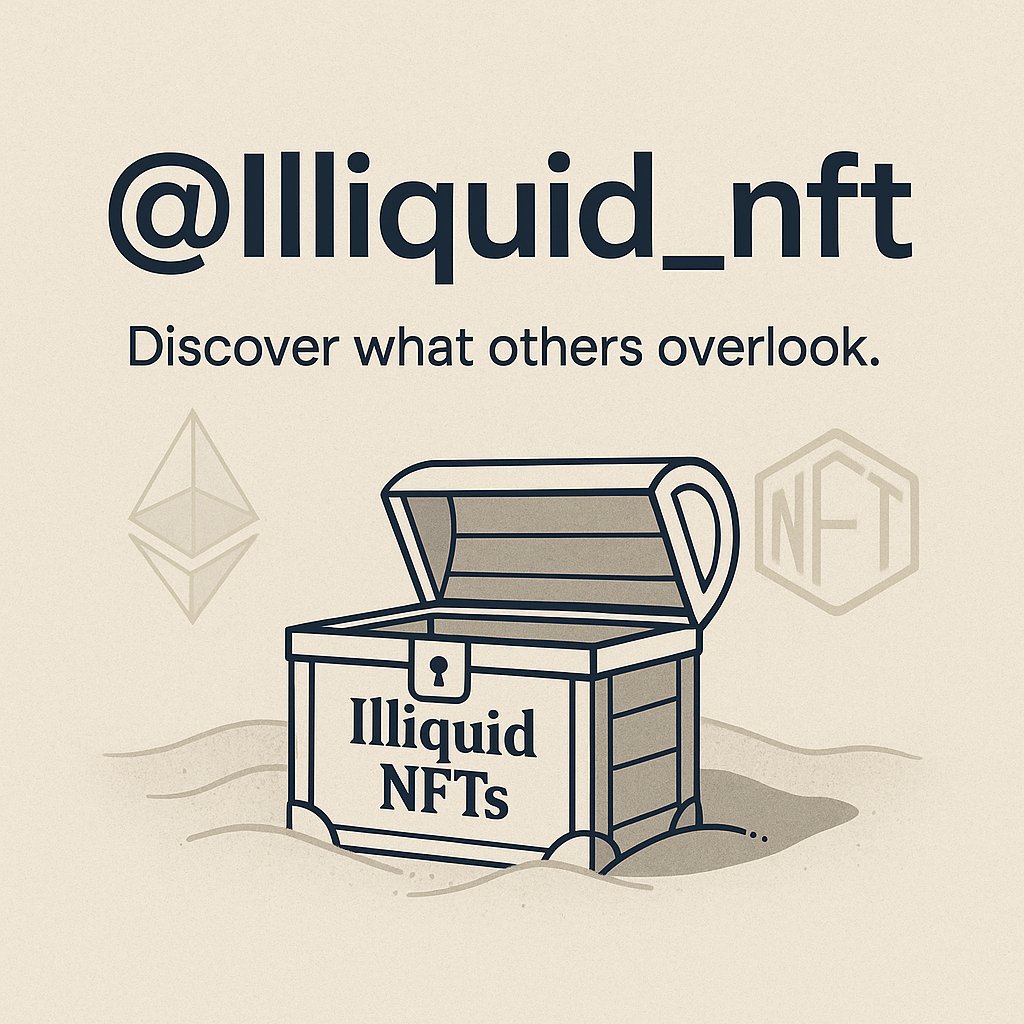“`
The Dawn of East: A Deep Dive into SYL and the Evolution of P2E Gaming
The Rise of Play-to-Earn Gaming
Understanding P2E Models
Imagine a world where your gaming skills can translate into real-world earnings. This is the promise of play-to-earn (P2E) gaming, a revolutionary model that is transforming the traditional gaming landscape. Unlike conventional games where players spend money to progress, P2E models allow players to earn real-world value through their in-game activities. This shift is made possible by the integration of blockchain technology, which creates unique, tradable assets that players can own and exchange.
In a P2E model, players are not just consumers but active participants in the game’s economy. They can earn in-game items, characters, and other digital assets that have real-world value. These assets are often represented as non-fungible tokens (NFTs), which are unique digital items verified on the blockchain. This ensures that each asset is authentic, scarce, and owned by the player, providing a new layer of engagement and investment.
The Role of NFTs in P2E
NFTs are the cornerstone of the P2E ecosystem. They enable the creation of unique, tradable in-game items that players can own and exchange. This not only adds a layer of authenticity and scarcity but also opens up new avenues for monetization. Players can earn NFTs through gameplay, trade them on marketplaces, or use them to gain in-game advantages. The value of these NFTs can appreciate over time, making them a lucrative investment for both players and collectors.
The integration of NFTs into gaming also fosters a sense of community and ownership. Players are more invested in the game when they have a stake in its economy. This can lead to increased engagement, loyalty, and a more vibrant gaming community. Additionally, the transparency and security provided by blockchain technology ensure that all transactions are fair and verifiable, building trust among players.
SYL – Dawn of East: A Closer Look
Overview of SYL
In the burgeoning world of P2E gaming, SYL – Dawn of East stands out as a beacon of innovation and potential. This project is part of the larger SYLTARE ecosystem, a trading card game that combines strategic gameplay with the potential for financial gain. SYLTARE leverages the SYL token, which serves as the primary currency within the game, enabling players to buy, sell, and trade cards and other in-game items.
SYL – Dawn of East is designed to be more than just a game; it is an immersive experience that rewards players for their skills and engagement. The game features a rich lore and a diverse cast of characters, each represented by unique NFTs. Players can collect, upgrade, and trade these NFTs, creating a dynamic and ever-evolving in-game economy. The game’s mechanics are designed to ensure fairness and transparency, with all transactions recorded on the blockchain.
The SYLTARE Ecosystem
SYLTARE is built on the principles of decentralization and player empowerment. The game’s economy is driven by the SYL token, which is used for various in-game transactions. Players can earn SYL tokens through gameplay, participating in tournaments, and completing challenges. These tokens can then be used to buy new cards, upgrade existing ones, or trade with other players.
The SYLTARE ecosystem is designed to be inclusive and accessible. Players of all skill levels can participate and earn rewards. The game’s community is an integral part of its success, with players actively engaging in discussions, sharing strategies, and collaborating on projects. This sense of community fosters a more enjoyable and rewarding gaming experience.
The SYL Token
The SYL token is the lifeblood of the SYLTARE ecosystem. It is used for various in-game transactions, including buying and selling cards, entering tournaments, and participating in special events. The token’s value is tied to the game’s popularity and the demand for its NFTs. As more players join the game and the ecosystem grows, the value of the SYL token is expected to appreciate, providing a financial incentive for early adopters.
The SYL token also serves as a means of governance within the SYLTARE ecosystem. Token holders have a say in the game’s development and future direction. This decentralized approach ensures that the game evolves in a way that benefits the entire community, fostering a sense of ownership and investment among players.
The Future of P2E Gaming
Potential for Growth
The P2E model has the potential to revolutionize the gaming industry by creating a more inclusive and rewarding experience for players. As more games adopt this model, we can expect to see a surge in player engagement and a new wave of innovation in game design. The integration of blockchain technology ensures that players have true ownership of their in-game assets, fostering a sense of community and investment.
The P2E model also opens up new opportunities for game developers. By leveraging blockchain technology, developers can create more immersive and engaging gaming experiences. The transparency and security provided by blockchain ensure that all transactions are fair and verifiable, building trust among players and developers.
Challenges and Opportunities
While the future of P2E gaming looks promising, there are several challenges that need to be addressed. Scalability, security, and regulatory compliance are some of the key issues that developers and platforms need to tackle. Additionally, ensuring a fair and transparent gaming experience is crucial for maintaining player trust and engagement. As the technology evolves, we can expect to see more sophisticated solutions that address these challenges and pave the way for a more robust P2E ecosystem.
One of the main challenges is scalability. As more players join the game, the blockchain network can become congested, leading to slower transaction times and higher fees. Developers need to find ways to scale the network without compromising its security and decentralization. This could involve the use of layer-2 solutions, sidechains, or other innovative technologies.
Security is another critical issue. The value of NFTs and in-game assets can make them a target for hackers and scammers. Developers need to implement robust security measures to protect players’ assets and ensure a safe gaming experience. This could involve the use of multi-signature wallets, smart contract audits, and other security protocols.
Regulatory compliance is also a significant challenge. As the P2E model gains popularity, regulators are paying more attention to the industry. Developers need to ensure that their games comply with local and international regulations, which can vary widely. This could involve obtaining licenses, conducting KYC/AML checks, and adhering to data protection laws.
The Broader Implications
The Impact on the NFT Market
The success of projects like SYL – Dawn of East has significant implications for the broader NFT market. As more games adopt the P2E model, the demand for unique, tradable assets is likely to increase. This could lead to a surge in the value of NFTs and a more diverse range of digital collectibles. The integration of NFTs into gaming also opens up new opportunities for artists, designers, and creators to monetize their work.
The NFT market is still in its early stages, but it has already shown tremendous potential. The integration of NFTs into gaming could accelerate its growth and adoption. As more players engage with NFTs, the market could see a surge in demand and innovation. This could lead to the creation of new types of digital assets, such as virtual real estate, in-game items, and even digital identities.
The Evolution of Digital Ownership
The concept of digital ownership is undergoing a profound transformation. With the advent of blockchain technology and NFTs, individuals can now own unique digital assets that are verifiable and tradable. This shift has the potential to disrupt traditional models of ownership and create new economic opportunities. As more industries adopt blockchain technology, we can expect to see a more decentralized and inclusive digital economy.
Digital ownership is no longer confined to physical items. With NFTs, individuals can own unique digital assets that have real-world value. This could lead to the creation of new markets and economies, where digital assets are bought, sold, and traded just like physical ones. This shift has the potential to democratize ownership and create new opportunities for individuals to participate in the digital economy.
Conclusion: Embracing the Future
The rise of SYL – Dawn of East and the P2E model represents a significant milestone in the evolution of gaming and digital ownership. As we move towards a more decentralized and inclusive digital economy, projects like SYLTARE are paving the way for a future where players have true ownership of their in-game assets. The potential for growth and innovation in this space is immense, and it is up to us to embrace this new paradigm and shape the future of digital entertainment.
The future of P2E gaming is bright, but it is not without its challenges. Developers, players, and regulators all have a role to play in ensuring that this new model succeeds. By addressing the challenges and embracing the opportunities, we can create a more inclusive, rewarding, and innovative gaming experience for all. The dawn of the east is here, and it is up to us to embrace it and shape the future of digital entertainment.
Sources
“`











